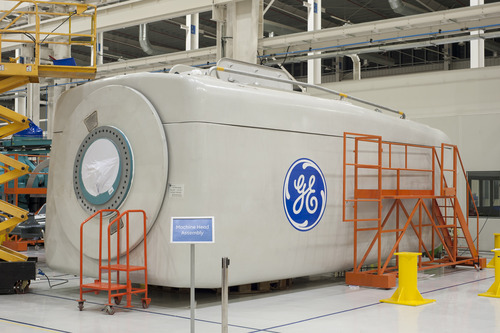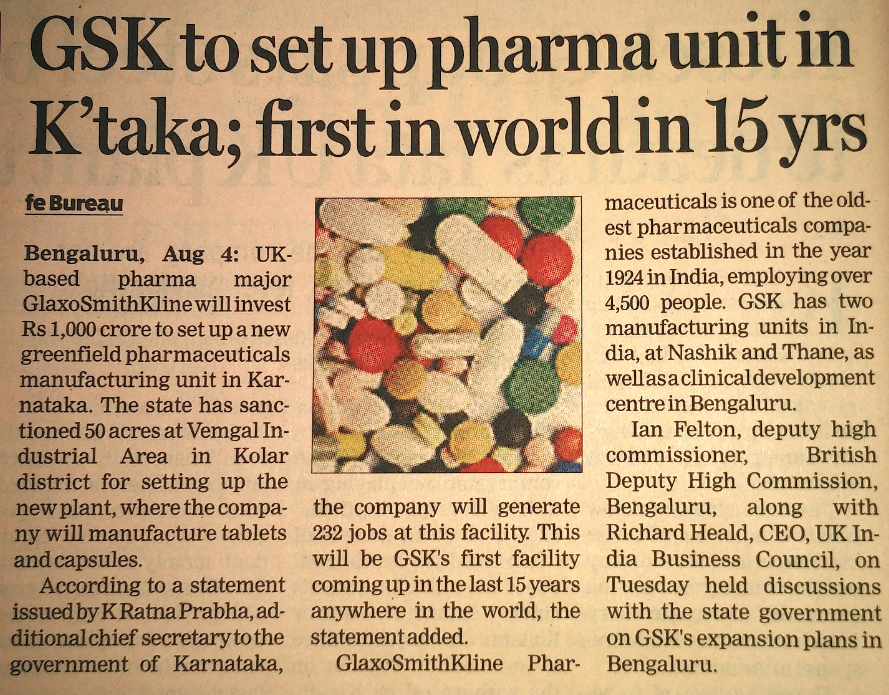First big ticket FDI: Tech major Foxconn pledges $5 billion in Maharashtra

Maharashtra Chief Minister Devendra Fadnavis with founder and chairman of Foxconn Technology Terry Gou at an MoU signing ceremony in Mumbai on Saturday. (Source: PTI)
Foxconn Technology Group, the global electronics manufacturing giant which makes iPhones for
Apple, will invest $5 billion over five years in a new manufacturing facility in Maharashtra, making it one of the biggest Foreign Direct Investment projects in the country in recent years.
The Taiwan-based group, which has a roster of clients including Apple, BlackBerry, Motorola, Amazon Cisco and
Xiaomi, on Saturday signed a Memorandum of Understanding (MoU) with the state government, which has allotted 1,500 acres of land for the new facility at Taloja in Pune district.
Foxconn’s commitment is the biggest in pure play manufacturing not only since the
Narendra Modi government came to power last year, but also over the last several years. Foxconn chairman Terry Gou said recently that he saw India as a manufacturing and export base in the group’s long-term plans — which appears to fit in with Prime Minister Modi’s Make in India mission aimed at facilitating investment, innovation and manufacture of world-class products in the country.
On Saturday, Gou said that the focus of the company in India would be on research and development and manufacturing. The company could get into the production of thin film transistor or TFT, which is used in high definition TV sets, according to officials here.
Foxconn chose Maharashtra over other states because it has a leading financial centre, and is home to quality talent and software-hardware integration facilities, Gou said after signing the MoU. The company, the world’s top contract electronics manufacturer, will scout for local partners in line with its plans for India, which include going to other cities, including New Delhi, he said.
Gou, who met the Prime Minister, Minister for Communications and IT Ravi Shankar Prasad, and senior officials recently, had told reporters earlier that the group would look to build factories at a dozen locations in India.
The biggest foreign investment proposal in India so far has been South Korean steelmaker Posco’s over $ 12 billion commitment for a plant in Odisha, which was grounded in the face of protests by environmentalists and local people during the term of the previous UPA government.
Foxconn itself shut down its manufacturing facility near Chennai in 2014 after Nokia, to which it was supplying components, decided to move out of India.
Adani Enterprises had said in a BSE filing earlier that it was in talks with Foxconn for a potential joint venture to set up manufacturing facilities.
Maharashtra Chief Minister Devendra Fadnavis, who had held talks with Foxconn during his visit to China earlier this year, said, “Today, we have translated our meeting into reality. The investment of Rs 35,000 crore will generate jobs for 50,000 people in state.” Taloja, where the new facility is planned, is promoted by the Maharashtra Industrial Development Corporation, and houses several other industrial units.
In the race to attract investment among states, this is a second achievement for Maharashtra in recent days — global carmaker General Motors earlier announced plans to shut its plant in Halol, Gujarat, and shift focus to Talegaon in Pune district. GM’s global CEO, Mary Barra, who too met PM Modi recently, has announced that the company would invest $ 1 billion in India, and plans to use the country as an export base for the Middle East and some other markets.
Fadnavis’s government has held roadshows in Davos, China, US, Germany and Israel over the past months to persuade global firms to invest in Maharashtra.
- See more at:
First big ticket FDI: Tech major Foxconn pledges $5 billion in Maharashtra | The Indian Express























